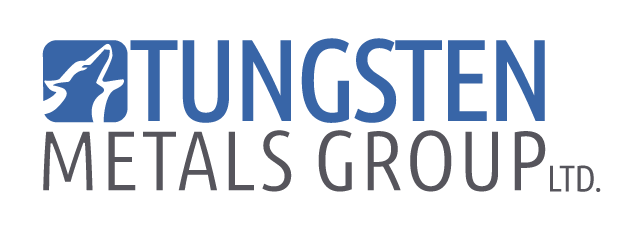Tungsten Metal’s Unique History & Modern Applications
Image courtesy of the BBC.
Tungsten is an unusual metal with incredible qualities and has a riveting history spanning centuries. It has played a pivotal role in numerous sectors from its discovery into the modern era.
1. 17th Century Beginnings
The origins of tungsten may be traced back to ancient times, with the Swedish chemist Axel Fredrik Cronstedt discovering it in the 17th century. In the early nineteenth century, the metal was legally isolated as a distinct element under the name "tungsten," which means "heavy stone" in Swedish.
2. The Industrial Revolution
The Industrial Revolution heralded a fresh appreciation for tungsten's distinct properties. Scientists and engineers investigated its possible applications in the late nineteenth century, capitalising on its high melting point, extraordinary strength, and hardness. Tungsten was used in filaments for incandescent light bulbs, electrical connections, x-ray tubes and other applications.
3. The Importance of tungsten metal during World Wars
The outbreak of World War II increased the relevance of tungsten, notably in military applications. With its great density and extraordinary toughness, tungsten became an essential element for the defence sector, becoming critical in armor-piercing projectiles, ballistics, and a variety of military equipment. The Germans were the first to use tungsten carbide cores in high-velocity armour piercing bullets during WWI. When these tungsten carbide projectiles hit British tanks, they melted them.
4. Today's Applications
Tungsten Alloys: Tungsten applications flourished in the current period, with a particular concentration on alloy manufacturing and improving the performance of metals. Tungsten alloys, which combine tungsten with other metals, have outstanding mechanical and thermal qualities and are widely used in a variety of industries.
Empowering Steel with Ferro-tungsten: The combination of iron and tungsten produces ferro-tungsten, a key actor in the steel industry. Its inclusion improves mechanical qualities such as strength and hardness, allowing for the production of strong steel components for construction, automotive, and other applications.
5. Implementing Sustainability
As tungsten demand grows, there is a greater emphasis on sustainable mining practices and responsible production. Initiatives to reduce environmental effect and develop recycling methods for tungsten-based materials are currently taking place.
6. Tungsten's Evolution and Prospects
Tungsten's journey, which has been distinguished by extraordinary discoveries and technological developments, demonstrates its ongoing importance. From its humble beginnings to its critical position in modern applications, tungsten's value extends to construction, automotive, aerospace, and other industries. Ongoing research and development promises a bright future for tungsten, guaranteeing its relevance in a dynamically changing industrial world.


